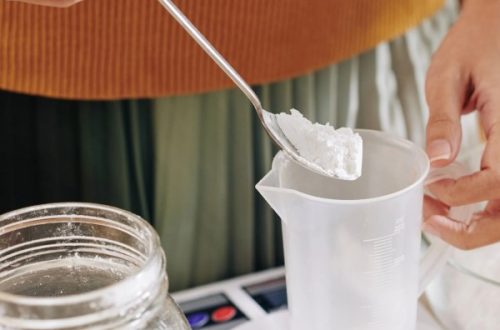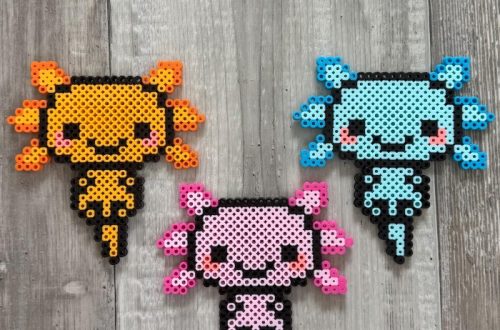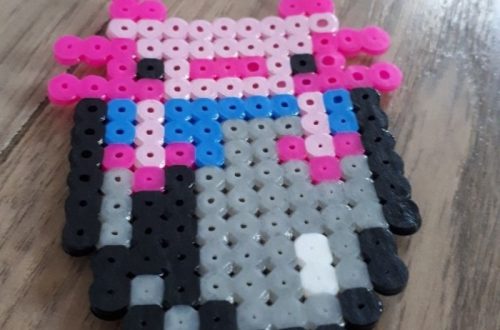Oil pastels, with their richness of color and blendability, offer an enticing invitation to breathe life into still life compositions. Unlike traditional paints, they provide a delightful immediacy, allowing you to capture the essence of a simple bowl of fruit, a well-worn book, or a vibrant bouquet of flowers with a directness that captivates the eye. This guide delves into four key techniques to harness the potential of oil pastels and transform them into tools for creating captivating still lifes.

Part 1: Building the Foundation – Layering and Color Choices
Establishing Form: Light, Shadow, and Local Color
The foundation of a captivating still life lies in understanding light, shadow, and local color. Local color refers to the inherent color of an object, independent of light and shadow. Begin by identifying the light source and how it falls on your objects. Utilize lighter colors for areas bathed in light and cooler, darker tones for shadows. This creates a sense of form and depth, making your still life appear three-dimensional.
Color Choices: Harmony and Contrast
Oil pastels provide a wide range of colors, offering a diverse spectrum that allows artists to create harmonious or contrasting color schemes to evoke specific moods. By using colors that sit close together on the color wheel, artists can craft a harmonious palette that conveys a sense of peace and tranquility. This type of palette can be soothing and inviting. On the other hand, employing colors that are opposite each other on the color wheel for a contrasting palette can generate a dynamic and energetic composition. The bold interplay of colors creates a visually engaging and vibrant artwork. Understanding how different color schemes can influence emotions and perceptions allows artists to effectively convey the desired mood and atmosphere in their creations. Expanding your knowledge of color theory can greatly enhance the expressiveness and impact of your oil pastel artwork.

Part 2: Capturing Texture and Detail
The Power of Strokes: Direction and Pressure
The strokes you create with your oil pastels significantly impact the texture and detail of your still life. Use short, light strokes to depict smooth textures like polished wood or ceramic. Employ long, confident strokes for textured surfaces like woven fabric or the rough skin of an orange. Experiment with varying the pressure you apply. Lighter strokes create a base layer of texture, while heavier strokes define details and add a sense of depth and realism.
Layering and Scumbling: Building Realistic Surfaces
Don’t be afraid to layer your oil pastels! Apply thin layers of different colors to build a more realistic representation of various textures. For instance, layer greens and yellows to create a textured apple peel, or use browns and whites with varying pressure to depict the chipped paint on an old vase. Scumbling, a technique where you lightly apply a color over another, can add subtle texture and depth to your still life, creating a more nuanced and realistic representation of the objects.
Part 3: Composition and Storytelling

Negative Space: Creating Balance and Visual Interest
While the objects in a still life composition are undoubtedly important, it’s equally crucial not to overlook the significance of negative space. Negative space pertains to the empty areas surrounding the depicted objects. This space plays a pivotal role in creating a sense of balance and visual interest within the composition. Artists can strategically utilize negative space to draw attention to specific objects or to establish a sense of depth within the artwork. By incorporating contrasting colors or values in the negative space, a captivating interplay can be achieved, effectively enhancing the overall composition. Considering the negative space in your still life can greatly impact the overall visual impact of the piece, making it a valuable element to consider when creating a well-balanced and visually engaging artwork.
Storytelling Through Arrangement and Detail
A captivating still life can be more than just a mere depiction of objects. It can serve as a medium to convey a story or evoke an emotion. By carefully arranging and detailing the composition, one can bring out a narrative or a feeling within the artwork. For instance, a chipped teacup placed next to a worn photograph could hint at a cherished memory, adding depth and sentiment to the piece. Experimenting with the placement of objects, whether close together or further apart, can create a sense of intimacy or isolation within the still life, further enhancing the emotional impact. Every element within the composition can contribute to the overall narrative and mood, allowing the viewer to feel a deeper connection with the artwork through the power of storytelling and emotional resonance.
Part 4: Experimentation and Practice: Honing Your Still Life Skills

Embrace the Unexpected: Exploring Color and Technique
The versatility of oil pastels is truly remarkable. It’s important not to limit oneself and to instead embrace experimentation with unexpected color combinations or inventive techniques. Juxtaposing bright and muted colors is a great way to create striking contrasts, while using unconventional tools for blending or texture creation can lead to fascinating results. Remember, the more you experiment with oil pastels, the more you’ll uncover the unique potential of this medium. Through exploration, you can develop your own artistic style and set yourself apart as an artist. Embracing this versatility and pushing the boundaries of traditional use will not only expand your creative horizons but also allow you to create art that is truly distinctive and expressive.
Practice Makes Perfect: Mastering the Art of Still Life

Creating captivating still lifes with oil pastels takes dedication and practice. Start with simple arrangements, focusing on mastering the techniques covered in this guide. As you gain confidence, introduce more complex compositions and experiment with different lighting setups. Remember, the more you practice, the better you’ll understand how to transform everyday objects into vibrant and captivating works of art.
By mastering these techniques and fostering a spirit of exploration, you’ll unlock the power of oil pastels to create stunning still lifes. Let your creativity flow freely, and embark on your artistic journey to transform the ordinary into the extraordinary, one vibrant stroke at a time.





